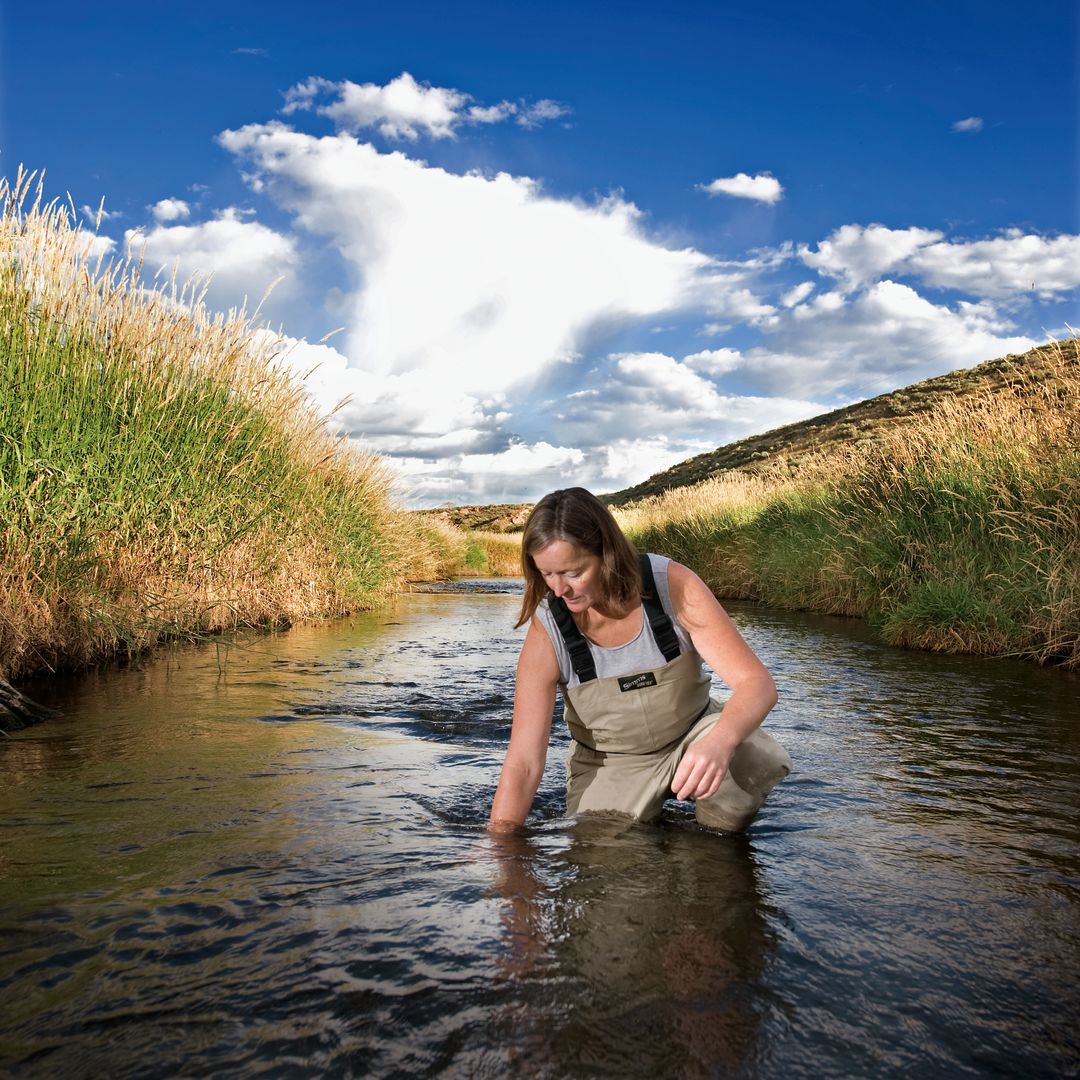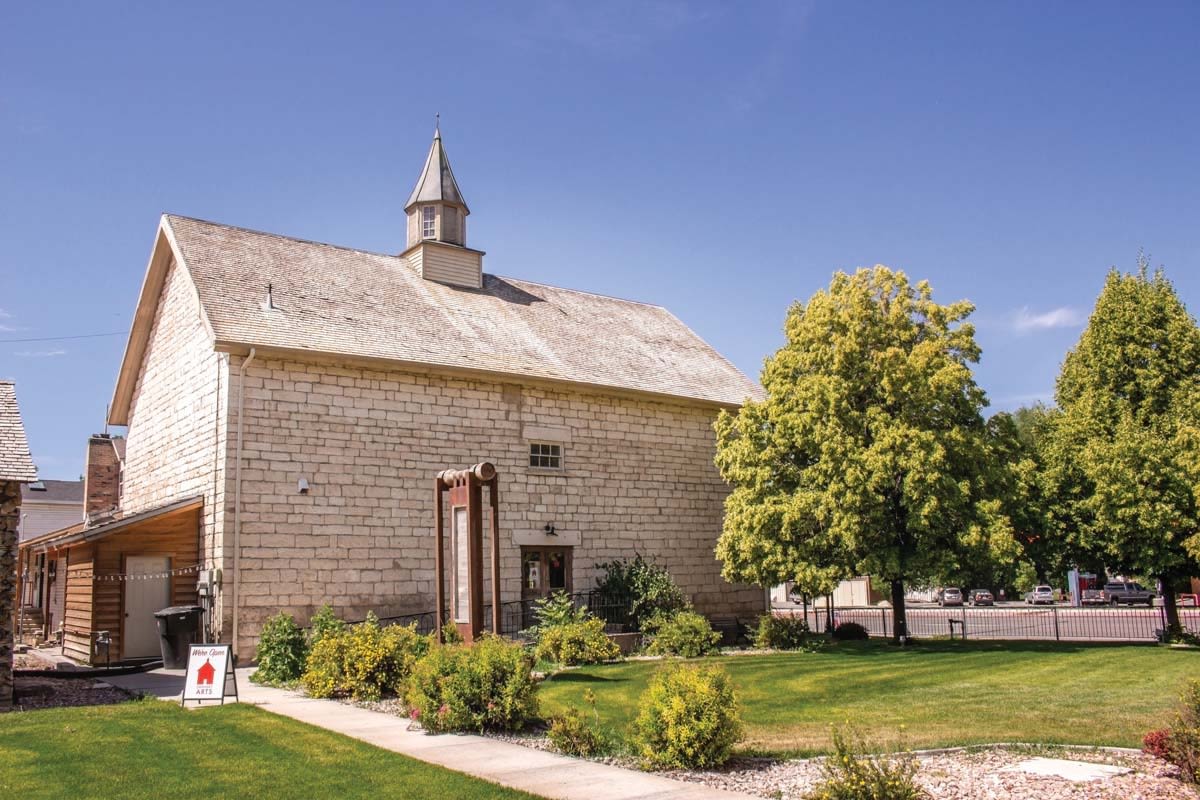Local Mary Perry Shares the Importance of Rivers and Conservation

Image: Douglas Burke
PCM: How did you become a stream restoration activist?
MP: I remember the exact day: August 13, 2003. East Canyon Creek, the stream that runs behind my house, had run dry. It was devastating. I was out there with my camera, tears streaming down my face, taking pictures of the hundreds of fish that had been killed. I felt totally helpless. I knew I had to do something.
So what exactly did you do?
I had a streamside conversation that very day with John Whitehead from the Division of Wildlife Resources and Ray Loveless from the Mountainland Association of Governments. They encouraged me to join the East Canyon Watershed Committee (eastcanyoncreek.org), a group made up of government officials and private citizens working together to protect water quality in the East Canyon Watershed.
How does that group help?
No one could stop the die-off and the ecological damage that resulted when the stream ran dry, but there’s now a community-wide effort to help ensure that the disaster won’t be repeated. In 2004, High Country Fly Fishers, a local chapter of Trout Unlimited, adopted East Canyon Creek as part of the Governor’s Watershed Initiative. That year, 20 volunteers planted 280 trees to help stabilize the banks and provide shade that enhances water quality. They also cleaned up dog waste and other trash along the stream. Then the Swaner EcoCenter got involved and has been a driving force for stream restoration since. About 7,000 willows have been planted and 3,500 feet of stream bank revetments have been installed to stop erosion and stabilize the banks. This work was done by Swaner staff and an estimated 1,000 hours of volunteer labor.
Are these restoration efforts working?
East Canyon Creek is returning to health. I saw German brown trout spawning last fall, and I regularly watch osprey and the occasional bald eagle diving in to fish. Our community needs to understand, though, how critical it is to keep water in this and other streams and to remember that what we do impacts everything downstream. We should minimize fertilizer and pesticide use to reduce pollution runoff, keep pets and livestock away from creeks, and if you own land along a creek, you can donate a water right to establish a protected base flow for the creek. This stream is such a treasure. We just can’t turn our backs on it.




































